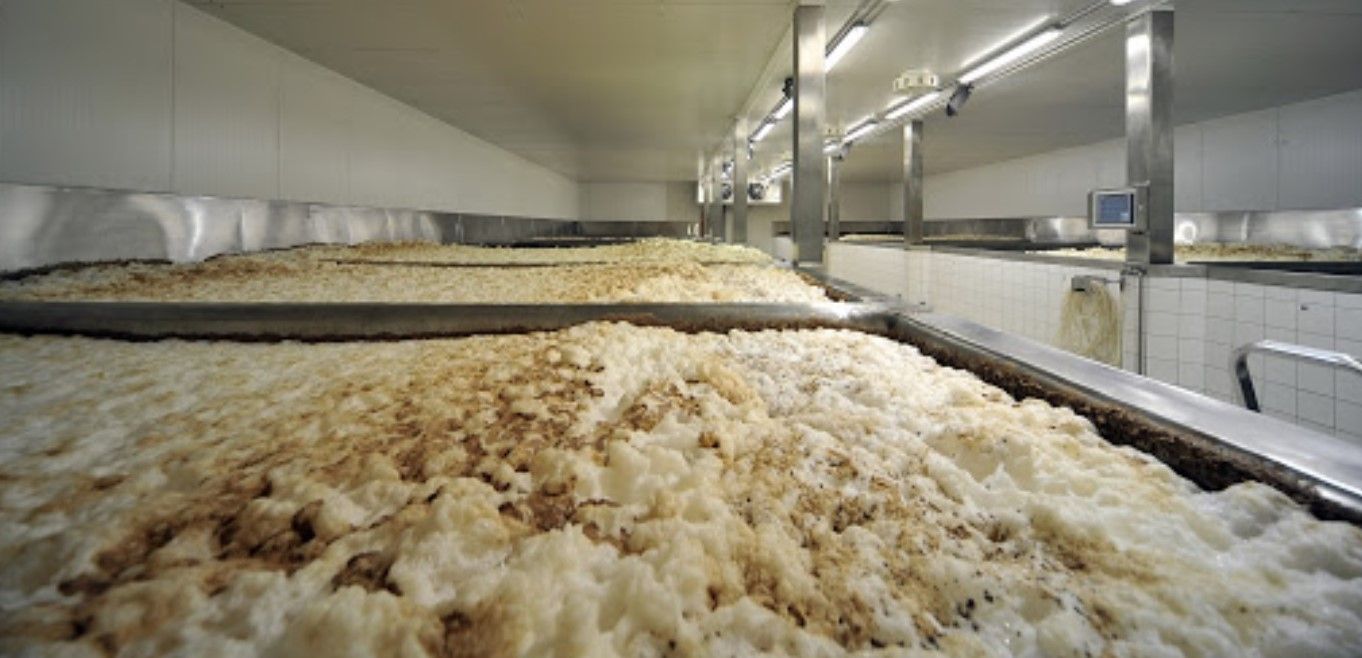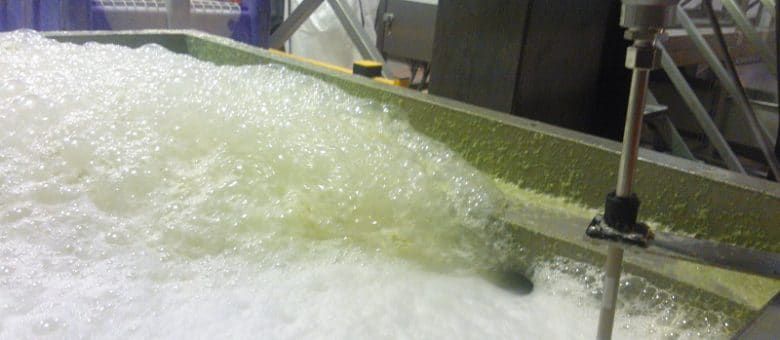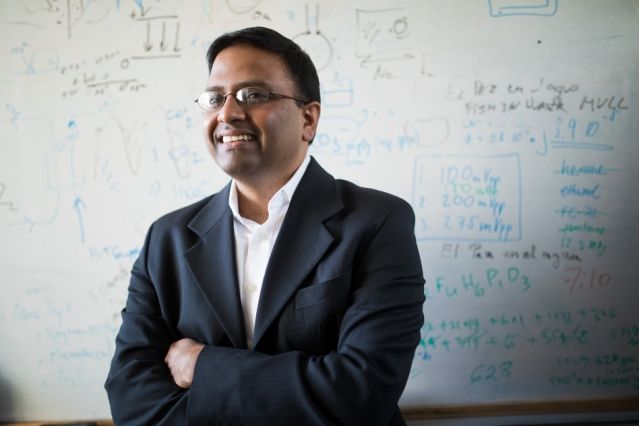Foams are everywhere in the chemical industry. They can be found in a multitude of chemical processes, including paper making, biofuel generation, oil and gas production and processing, in the formulation of cosmetics, soaps, and shampoos, and even beer making.

This is a major problem for chemical companies, as foams can inhibit chemical reactions, can clog pipes and valves, damage living cells, restrict chemical product space in vats and containers, or simply make a mess that costs time and money to clean up.
To restrict or reduce bubbles and foams many chemical facilities add chemical additives called defoamers, such as alcohols or glycols, to their mixtures. However, these can affect chemical product purity, and often need to be filtered out in a later process, taking more time and added costs.
Foams are such an unwanted by product, that the chemical industry spends as much as $3 billion every year on their control and removal.

This led a team from MIT, made up of Leonid Rapoport PhD, Theo Emmerich, and Prof. Kripa Varanasi, to think about simpler ways to control bubbles in industrial chemical reactions.
“How can you get rid of foams without having to add chemicals?” asks Varanasi, “That was our challenge.”
The system they developed is a passive, simple, and inexpensive solution based on bubble-attracting sheets formed from a textured mesh that collapses bubbles as fast as they form.
It is a design that the researchers call ‘aerophillic’, as it works in a similar way to hydrophilic surfaces which attract water. The difference being that while hydrophilic surfaces cause water droplets to attach to a surface, spread out, and then disperse, the surface on the new mesh attracts, spreads out, and then disperses bubbles.
The breakthrough began with an in-depth analysis of how foams form and react upon surfaces. Using high-speed cameras, they witnessed the way that bubbles ‘bounce several times before sticking in place’.

“In order to effectively capture the impacting bubble, we had to understand how the liquid film separating it from the surface drains,” explains Rapoport. “And we had to start at square one because there wasn’t even an established metric to measure how good a surface is at capturing impacting bubbles. Ultimately, we were able to understand the physics behind what causes a bubble to bounce away, and that understanding drove the design process.”
The team used this information to design textured surfaces that would attract and stick bubbles in place. Their plan was to prevent the bubble bouncing away to create a foam. Instead, they began designing textured surfaces that would capture bubbles, then spread them out before dissipating them.
The research concluded that different layers of material, with textures at different scales worked best. Resulting in a product that reduced bubble bouncing time from hundreds of milliseconds to just a few milliseconds.
“The key to quickly capturing bubbles and controlling foam turned out to be a three-layered system with features of progressively finer sizes,” notes Emmerich.
A video showing the mesh at work can be seen on the MIT website. As the press release explains, “the team built a device containing a bubble-capturing surface and inserted it into a beaker that had bubbles rising through it. They placed that beaker next to an identical one containing foaming suds with a sheet of the same size, but without the textured material. In the beaker with the bubble-capturing surface, the foam quickly dissipated down to almost nothing, while a full layer of foam stayed in place in the other beaker.”

The study has now been published in the journal Advanced Materials, which states that, “aerophilic surfaces that can efficiently drain liquid films upon bubble contact, and show how their ability to catch bubbles relates to their texture parameters.” Adding that, “This technology can be utilized to prevent foam from forming in bioreactors and fermentation tanks and eliminate the use of antifoaming agents.”
“It’s one of the main challenges in cell culture or in bioreactors,” observes Varanasi. Noting how the mesh could be easily retrofitted, “It’s ready to go. … We look forward to working with industry.”
While this development may seem simple, it could have a profound effect on the chemical industry. An inexpensive design that could replace the need for on foam dispersants or surfactants in chemical facilities of any size.
Photo credit: MIT, MIT, Fluidhandlingpro, ijournal, & Einsteinonline, Pixabay